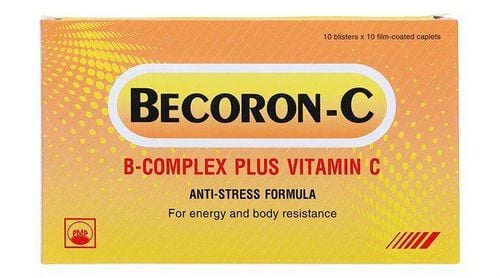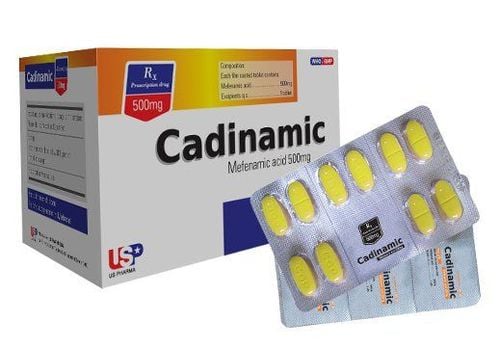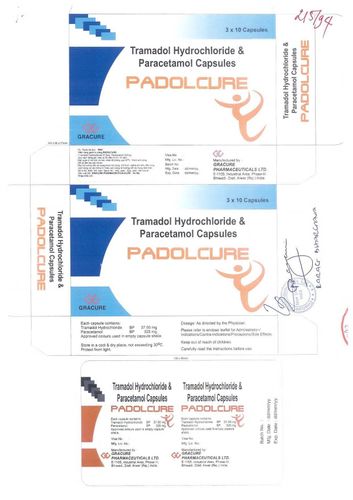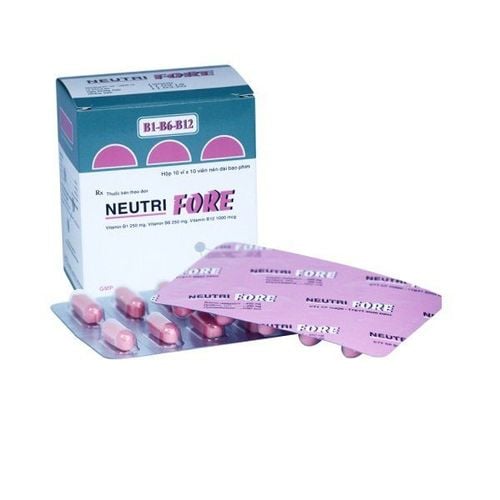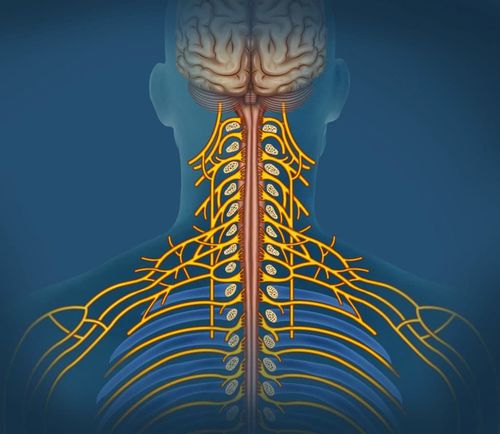This is an automatically translated article.
Pain is an unpleasant sensation in the presence of lesions on the body, and is subjectively assessed depending on the individual, is a sign of a disease that needs to be found and treated.
1. Overview of pain
Definition of pain by the International Association for the Study of Pain in 1994: “Pain is an unpleasant sensation and emotional endurance, most often associated with tissue damage or described as a office or both”.
Pain is a sensation produced by the nervous system when acting at pain receptors. As an important element of survival, pain causes humans or animals to respond reflexively or experientially to avoid further injury.
2. Classification
Pain is classified in many ways, however there are 3 main classifications that apply.
2.1 Pain by mechanism of pain Nociceptive pain: is pain caused by damage to tissues (muscles, skin, internal organs...) causing irritation beyond the pain threshold. It is divided into 2 types, including: physical pain is pain caused by damage to skin tissue, muscles, joints, ... and visceral pain is pain caused by damage to internal organs. Neuropathic pain: Pain caused by primary damage or dysfunction in the nervous system. Neuropathic pain is divided into two types: Peripheral neuropathic pain caused by damage to nerves or nerve roots. For example: nerve pain, postherpetic neuralgia, diabetic peripheral neuropathy, post-traumatic peripheral neuropathy, postoperative peripheral neuropathy,... Central neuropathic pain due to injury in the brain or spinal cord, for example: pain after cerebral stroke, spinal cord compression, multiple sclerosis, brain tumor,... Mixed pain: includes both nociceptive and neuropathic pain mechanisms. For example: low back pain with radiculopathy, cervical radiculopathy, cancer pain, carpal tunnel syndrome,... Pain of psychological etiology

Người bệnh bị đau thắt lưng
2.2 Pain over time Acute pain is new, intense pain that can be taken as a useful warning sign. Pain duration less than 3 months. Chronic pain: is pain that persists, often recurs over and over again. 2.3 Pain according to the locality of pain Local pain: is the feeling that the location of pain coincides with the location of the injury. Projected pain: is felt at a location other than the injury site. In layer V of the dorsal horn of the spinal cord, there are nonspecific pain neurons called converging neurons, which converge afferent pain pathways from the skin, skeletal muscles, and visceral region, making the brain when exposed to pain. Receiving information from the bottom up does not distinguish where pain originates, and is often misunderstood as pain coming from the respective skin area. Oblique radiating pain: is pain caused by radiating from one nerve branch to another. For example, a painful stimulus in one of the three branches of the trigeminal nerve can cause pain to spread to the distribution of the other two branches.

Các cơn đau khiến người bệnh khó chịu
3. Diagnosis of pain
Pain is assessed by subjective perception depending on each person, each person will have different pain perception. Therefore, the diagnosis and assessment of pain is very complex and difficult to agree on. Therefore, there are many scales to diagnose and evaluate pain. Below are some commonly recognized and applied scales:
Pain scale includes 10 rating items:
0 points: No pain. 1 point: Very mild pain, barely felt or thought of, sometimes mild. 2 points: Mild pain, sometimes sharp pain. 3 points: Pain makes the patient pay attention, lose focus at work, can still adapt to it. 4 points: Moderate pain, patients can forget about pain if they are working. 5 points: More pain, patient can't forget pain after many minutes, patient can still work. 6 points: More moderate pain, affecting daily activities, difficulty concentrating. 7 points: Severe pain, affecting the senses and greatly limiting the patient's daily activities. Affects sleep. 8 points: Severe pain, limited activity, great effort required. 9 points: Terrible pain, crying, uncontrollable moaning. 10 points: Pain unable to speak, bedridden and possibly delirium.

Đánh giá thang điểm đau giúp chẩn đoán bệnh chính xác
4. Pain treatment
The goal of pain treatment is to relieve pain, to be treated according to the cause, and to make optimal use of analgesia. In addition, treatment of accompanying symptoms such as insomnia, emotional disturbances, and rehabilitation should allow the patient to return to activities of daily living.
Analgesics are classified into 3 levels according to the World Health Organization WHO:
Mild pain: use of non-opioid drugs such as acetaminophen or non-steroidal anti-inflammatory drugs (NSAIDs) Moderate pain or increased persistent pain: mild opioids , may be accompanied by non-opioid and adjunctive medications Severe or persistent pain increases: strong opioids may be accompanied by non-opioid and adjunctive medications Alternatively, pain can be treated without the use of analgesics. such as:
Nerve stimulation treatments :
High frequency transcutaneous electrical nerve stimulation: Surface electrodes are placed over the painful area. Use high frequency electrical pulses > 50Hz (usually 80-200Hz) and low intensity (below pain threshold) for the purpose of stimulating Aβ fibers. The method is believed to have an analgesic effect by closing the control gate and stimulating the release of endogenous morphine. However, there is not enough evidence to show the effectiveness of this method in patients with neuropathic pain Spinal stimulation: inserting electrodes directly stimulates the dorsal horn of the spinal cord on the pain side. The method has been shown to be effective in back pain. Deep brain stimulation: Insert electrodes into the subcortical region to stimulate the hippocampus and periventricular area. The effectiveness of this approach has not yet been clearly demonstrated. Repeated transcranial magnetic stimulation: the analgesic effect is short, so it is not suitable for the treatment of chronic pain.
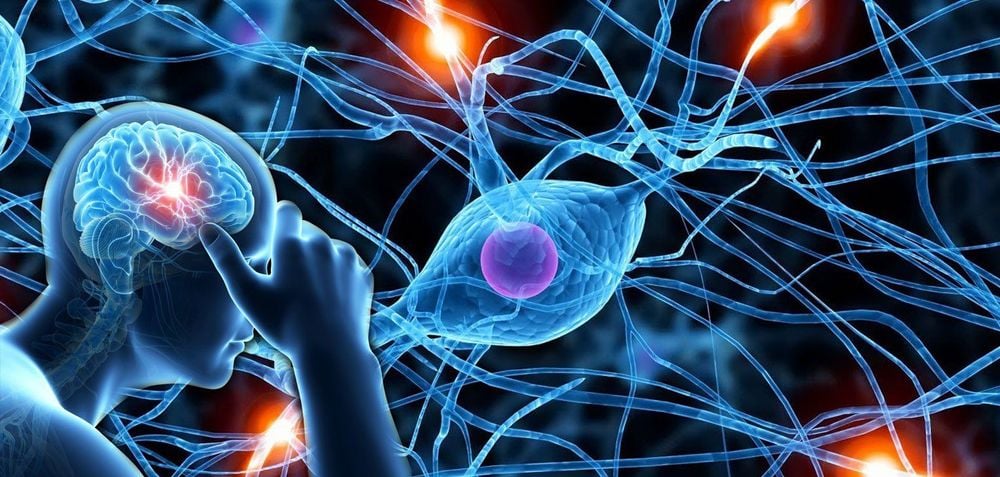
Biện pháp điều trị kích thích thần kinh
Other measures such as: acupuncture, psychotherapy, massage...
Pain is an unpleasant feeling when there is an injury, and is evaluated subjectively according to each person. There are many pain treatment methods such as using pain relievers depending on the level or massage, psychotherapy, ... Pain is a manifestation of damage, abnormality in a certain position, need to find out. reason. Therefore, when seeing abnormal symptoms, it is necessary to immediately go to a medical facility to be examined, find the cause and get timely intervention.
Vinmec International General Hospital is one of the hospitals that not only ensures professional quality with a team of leading medical doctors, modern equipment and technology, but also stands out for its examination and consultation services. comprehensive and professional medical consultation and treatment; civilized, polite, safe and sterile medical examination and treatment space.
Customers can directly go to Vinmec Health system nationwide to visit or contact the hotline here for support.
MORE:
Pain treatment with platelet-rich plasma (PRP) Postoperative pain treatment Learn about carpal tunnel syndrome





